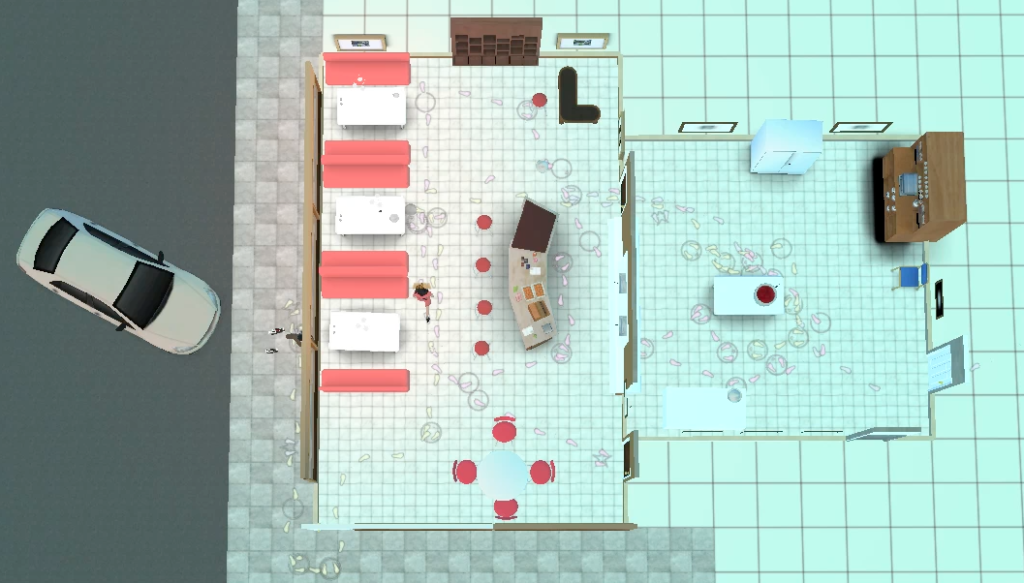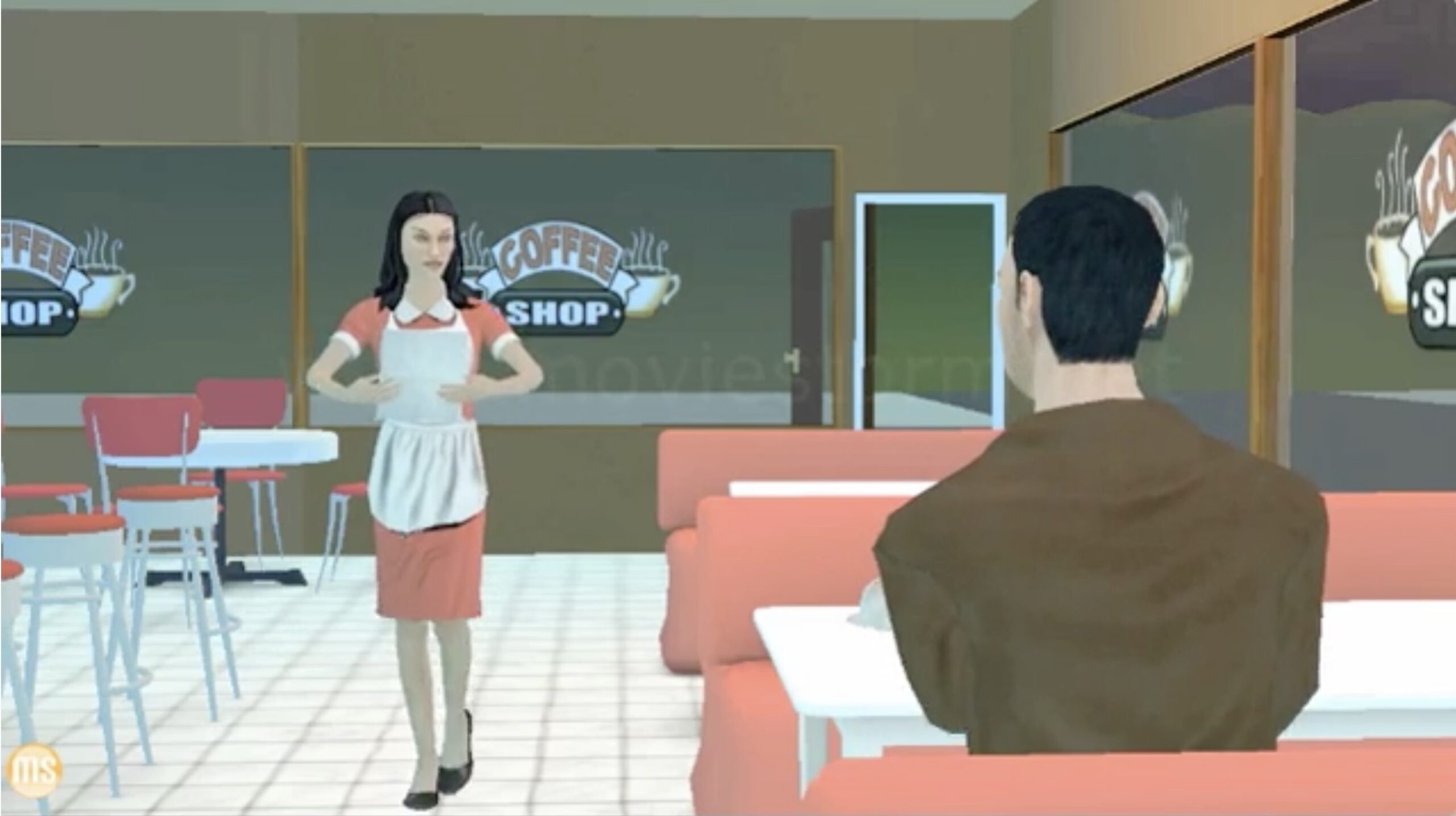In the world of cinema, understanding genre conventions is like deciphering a secret code that unlocks the essence of storytelling. In one of my film classes, I embarked on an intriguing assignment designed to deepen our comprehension of these conventions. The task was straightforward: choose a genre, craft an engaging narrative using a generic script, and orchestrate the shot design to convey the emotion and tone of the story within that genre. It was a challenge that opened the door to a realm of creativity.
My chosen genre was suspense, a realm where uncertainty and anticipation reign. To bring my vision to life, I harnessed the power of a tool I had recently discovered – MovieStorm. This 3D animation software enabled me to translate my ideas into visual storytelling.
The provided script, a seemingly simple exchange of dialogue, served as the foundation for my suspenseful narrative. The challenge was to imbue each line with tension, to make every word count. It was a test of creative ingenuity and an exploration of the cinematic language of suspense.
The resulting video, linked above, captures the essence of suspense as characters navigate a cryptic conversation. The emotion is palpable, the tone is ominous, and the uncertainty is pervasive. It’s a testament to the power of visual storytelling and the impact of shot design on narrative atmosphere.
I invite you to delve into the suspenseful world I crafted and embark on your own cinematic adventures. Use the generic script as a canvas, paint it with your genre’s colors, and watch as it transforms into a unique narrative. Film is a boundless realm of creativity, and understanding genre conventions is the key to unlocking its full potential. So, have fun, experiment, and discover the secrets of cinematic storytelling for yourself.

CHARACTER: What’s your name?
CHARACTER: [7 WORD OR LESS RESPONSE]
CHARACTER: You remind me of [ANY CELEBRITY/HISTORICAL FIGURE]
CHARACTER: Yeah?
CHARACTER: [QUOTE ASSOCIATED WITH A CELEBRITY/HISTORICAL FIGURE]
CHARACTER: I don’t know.
CHARACTER: Come on.
CHARACTER: Sorry, you are…?
CHARACTER: [7 WORD OR LESS RESPONSE]
CHARACTER: Oh.
CHARACTER: And you’re here?
CHARACTER: [7 WORD OR LESS RESPONSE]
CHARACTER: Of course.
CHARACTER: So should we get down to it?
CHARACTER: First tell me what you think of this?
CHARACTER: I don’t know what to say.
CHARACTER: What’s your opinion?
CHARACTER: [HIS/HER/YOUR/MY/THEIR/ITS] opinion?
CHARACTER: Why not?
CHARACTER: I don’t know.
CHARACTER: Try.
CHARACTER: [7 WORD OR LESS RESPONSE]
CHARACTER: Why?
CHARACTER: It’s just an opinion.
CHARACTER: You think?
CHARACTER: [7 WORD OR LESS RESPONSE]
CHARACTER: Hard to argue with that.
CHARACTER: What [ARE, AM, IS] [I, YOU, WE, HE, SHE, THEY, THAT, IT] doing?
CHARACTER: [7 WORD OR LESS RESPONSE]
CHARACTER: No.
CHARACTER: What else?
CHARACTER: Will it work?
CHARACTER: [YES, NO, MAYBE]
CHARACTER: If it [DOES, DOESN’T]?
CHARACTER: [7 WORD OR LESS RESPONSE]
CHARACTER: That’s reassuring.
CHARACTER: Look.
CHARACTER: It’s that simple.



